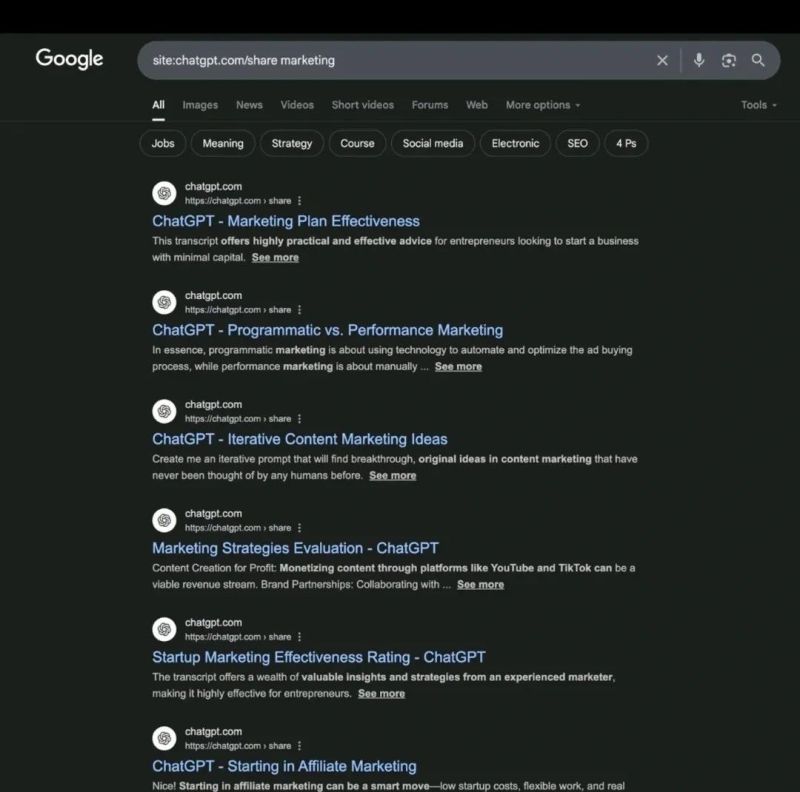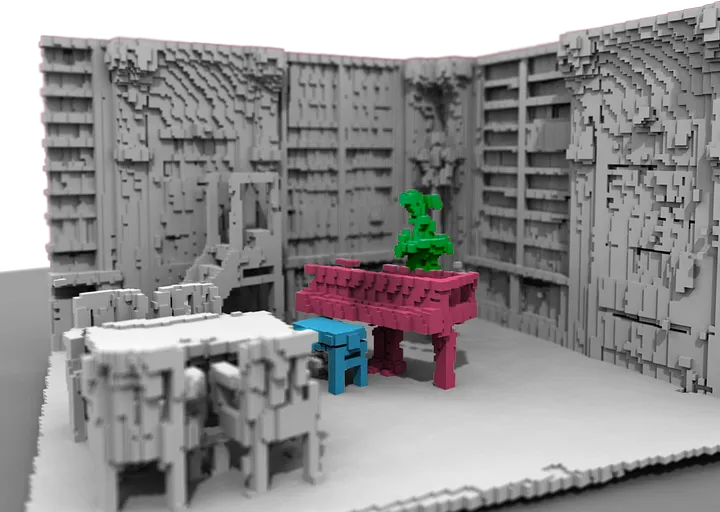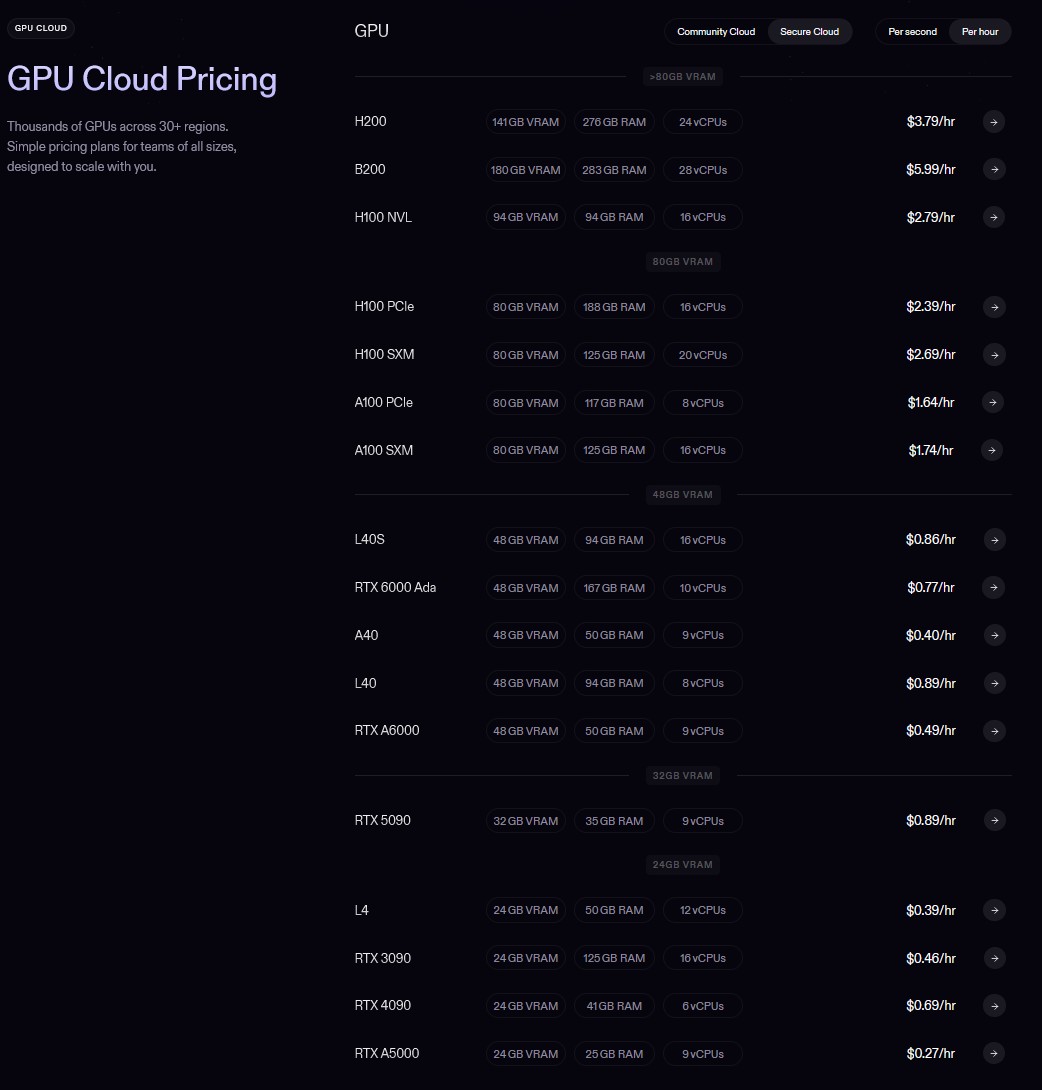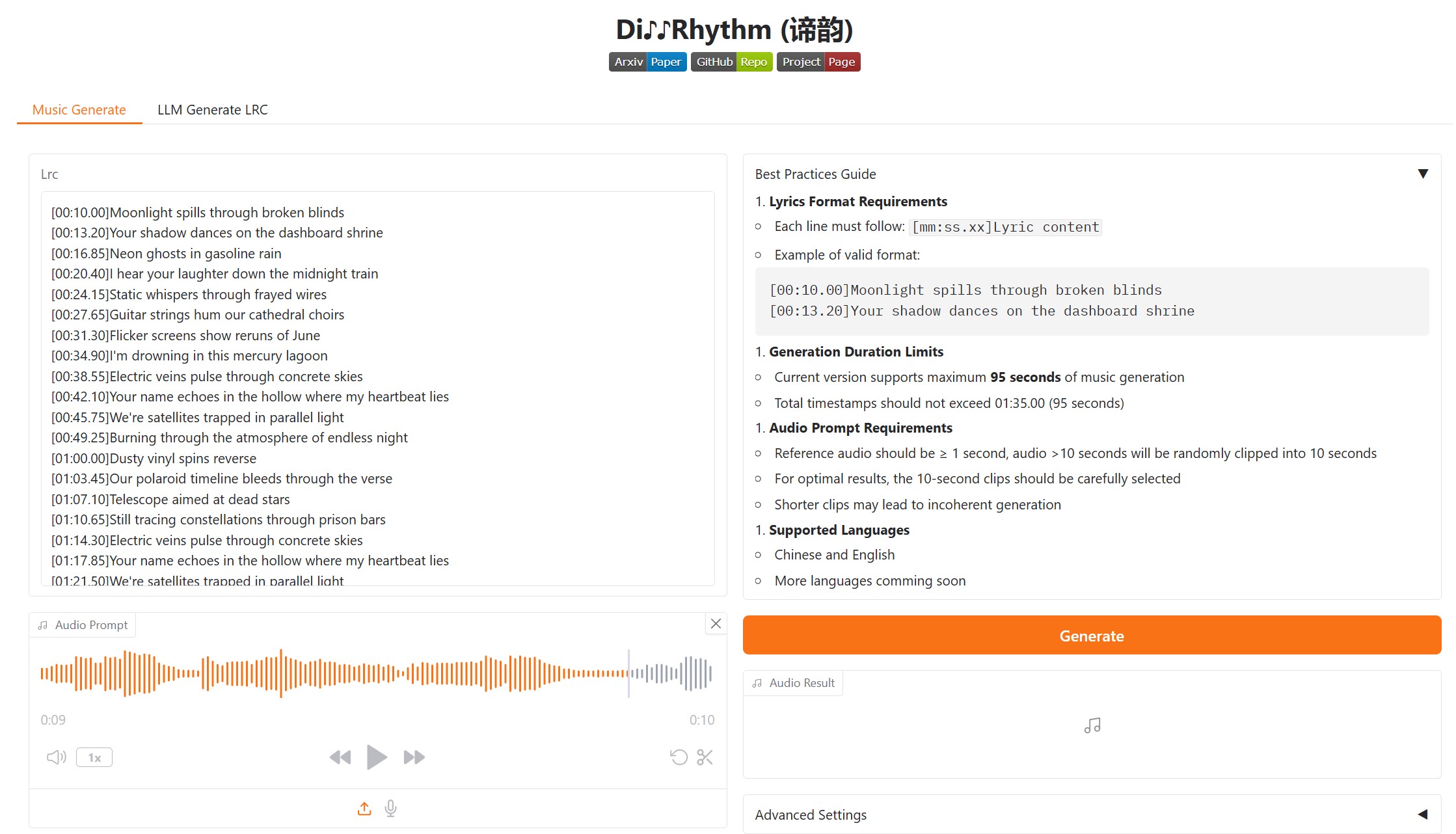BREAKING NEWS
LATEST POSTS
-
Zibra.AI – Real-Time Volumetric Effects in Virtual Production. Now free for Indies!

A New Era for Volumetrics
For a long time, volumetric visual effects were viable only in high-end offline VFX workflows. Large data footprints and poor real-time rendering performance limited their use: most teams simply avoided volumetrics altogether. It’s similar to the early days of online video: limited computational power and low network bandwidth made video content hard to share or stream. Today, of course, we can’t imagine the internet without it, and we believe volumetrics are on a similar path.
With advanced data compression and real-time, GPU-driven decompression, anyone can now bring CGI-class visual effects into Unreal Engine.
From now on, it’s completely free for individual creators!
What it means for you?
(more…) -
AI and the Law – 𝗬𝗼𝘂𝗿 (𝗽𝗿𝗶𝘃𝗮𝘁𝗲𝗹𝘆) 𝘀𝗵𝗮𝗿𝗲𝗱 𝗖𝗵𝗮𝘁𝗚𝗣𝗧 𝗰𝗵𝗮𝘁𝘀 𝗺𝗶𝗴𝗵𝘁 𝗯𝗲 𝘀𝗵𝗼𝘄𝗶𝗻𝗴 𝘂𝗽 𝗼𝗻 𝗚𝗼𝗼𝗴𝗹𝗲
Many users assume shared conversations are only seen by friends or colleagues — but when you use OpenAI’s share feature, those chats get now indexed by search engines like Google.
Meaning: your “private” AI prompts could end up very public. This is called Google dorking — and it’s shockingly effective.
Over 70,000 chats are now publicly viewable. Some are harmless.
Others? They might expose sensitive strategies, internal docs, product plans, even company secrets.
OpenAI currently does not block indexing. So if you’ve ever shared something thinking it’s “just a link” — it might now be searchable by anyone. You can even build a bot to crawl and analyze these.
Welcome to the new visibility layer of AI. I can’t say I am surprised…
FEATURED POSTS
-
Scene Referred vs Display Referred color workflows
Display Referred it is tied to the target hardware, as such it bakes color requirements into every type of media output request.
Scene Referred uses a common unified wide gamut and targeting audience through CDL and DI libraries instead.
So that color information stays untouched and only “transformed” as/when needed.Sources:
– Victor Perez – Color Management Fundamentals & ACES Workflows in Nuke
– https://z-fx.nl/ColorspACES.pdf
– Wicus
-
9 Best Hacks to Make a Cinematic Video with Any Camera
https://www.flexclip.com/learn/cinematic-video.html
- Frame Your Shots to Create Depth
- Create Shallow Depth of Field
- Avoid Shaky Footage and Use Flexible Camera Movements
- Properly Use Slow Motion
- Use Cinematic Lighting Techniques
- Apply Color Grading
- Use Cinematic Music and SFX
- Add Cinematic Fonts and Text Effects
- Create the Cinematic Bar at the Top and the Bottom












